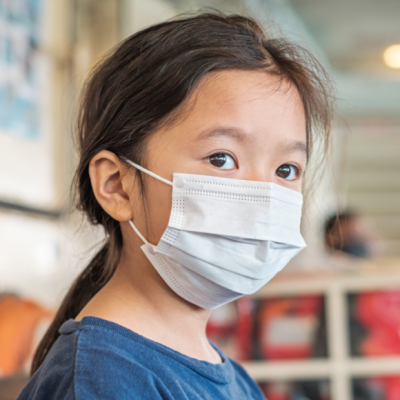The traditional healing methods that have been developed for centuries in alternative medicine have not been scientifically investigated. However, the World Health Organization (WHO) has recently opened a center for alternative medicine in Jamnagar, India, to change this. Despite the fact that alternative medicine methods are used by many people worldwide, the scientific community has not yet investigated whether these often traditional treatments really work. The WHO chose to open the center in India because alternative medicine has a high status in the country, and it even has its own ministry for Ayurveda, Yoga, Naturopathy, Unani, and Siddha.
India’s Prime Minister Narendra Modi explained that “India’s traditional medical system is not just a treatment. It is a holistic science of life” during the opening ceremony. According to the WHO, India contributed €230 million to the financing of the research center. The goal of the new research center is to connect traditional medicine practitioners globally and create standards for research. The modern scientific community already uses parts of traditional medicine, with about 40% of approved medications based on natural substances. For example, aspirin is based on an ancient recipe from willow bark, and artemisinin, used to treat malaria, is based on traditional Chinese medicine.
Georg Rüschemeyer from Cochrane, a network that creates scientific foundations for healthcare decisions, explains that it is therefore sensible to investigate the healing methods developed over centuries and test their plausibility. The WHO’s chief, Tedros Adhanom Ghebreyesus, stated that “the center should be a driver of innovation to advance an agenda for evidence, data, and sustainability in traditional medicine.” The center’s opening is a significant step towards understanding the effectiveness of traditional medicine and integrating it into modern healthcare.










